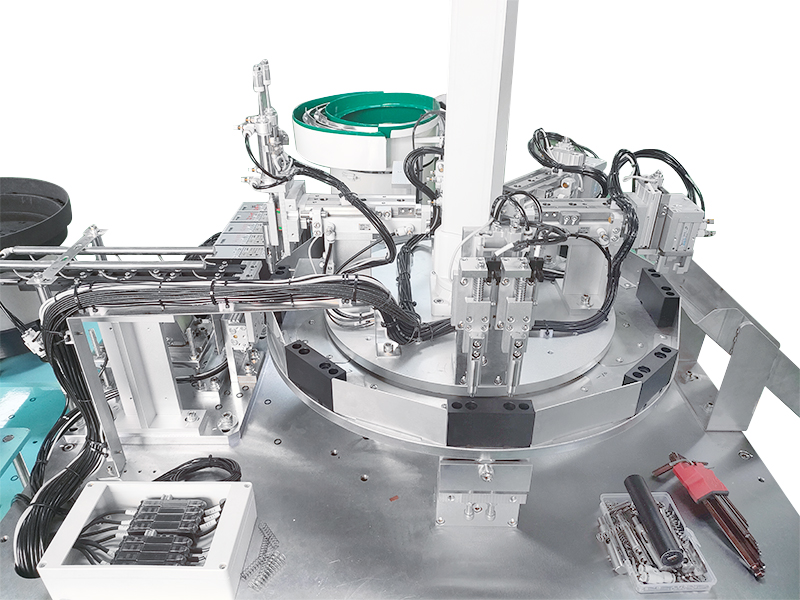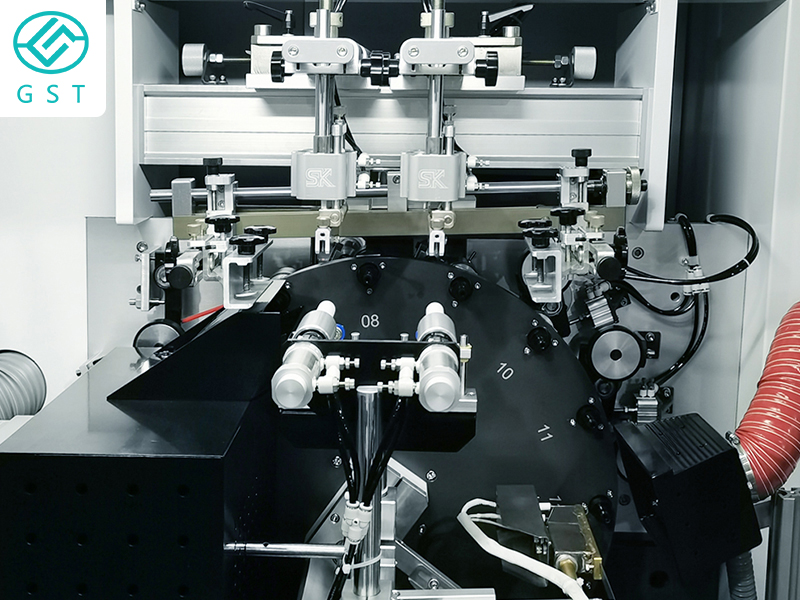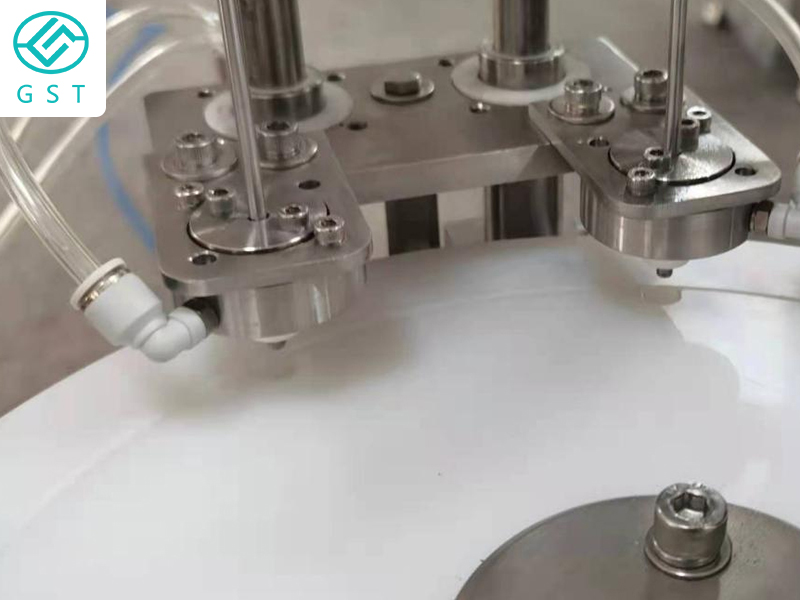Release Date:2023-02-04 10:11:23 Popularity:
The formation of anything has its subjective and objective reasons, and the mechanism of formation is intricate. The status quo of non-standard automation equipment is also the result of various factors. Although non-standard equipment is still a relatively healthy industry at present, the seven major difficulties in front of us have more and more obviously affected the development of non-standard automation equipment industry.

1. Non-standard equipment cannot be mass-produced, large companies are unwilling to do it, and small-scale companies can easily obtain living space.
Non-standard equipment is tailor-made equipment according to the production status of the enterprise without standards to follow. A company's equipment is often only applicable to A company, and cannot be mass-produced and copied to B company. Usually, it takes two or three months for a piece of equipment worth hundreds of thousands of RMB to provide requirements from customers, provide scheme design by non-standard equipment factories, discuss and determine the scheme between the two parties, sign a contract, produce design drawings, process parts, and assemble and accept the equipment. . Because the input-output ratio is too low, large enterprises do not care about such trivial and long-term small orders. But such a project is quite attractive to small businesses with only a dozen or so employees. A small-scale business with sales, a few mechanical engineers, and a few software engineers grew wildly.
2. The scale of the non-standard equipment market has grown, but the cake has grown, and more people are sharing the cake.
In 2000, only a few Taiwanese companies in the Pearl River Delta and Yangtze River Delta were relatively well-known for producing non-standard equipment in China. There were about 30 of these companies in total. Inquiring about statistical data, the scale of non-standard equipment in that year was estimated to be about 600 million, and these 30 companies accounted for about 70% of the market share. By 2012, there will be nearly 70 non-standard equipment automation equipment companies in Dongguan alone, and there are countless small-scale non-standard equipment in the country, with orders of magnitude above 10,000; the market size is estimated to grow to about 60 billion. In a simple sentence, although the market size has increased by 100 times, the manufacturers have increased by a thousand times. The newly added market is occupied by many small manufacturers. Failed to form a large-scale enterprise.
3. The threshold for non-standard equipment enterprises is low, and the quality of personnel varies.
Why are there so many non-standard manufacturers in the market? The reason is that the initial investment cost of non-standard equipment factories is relatively low, and the entire investment is estimated to be around tens. Usually, the entrepreneurial model of non-standard equipment factories is that two or three shareholders jointly invest, one shareholder is responsible for sales, one shareholder is responsible for technology, and one shareholder is responsible for after-sales, which does not require the intervention of large capital or large enterprises. This situation has led to the relatively closed non-standard equipment industry, the industry cannot be reshuffled, good money cannot drive out bad money, and companies are mixed.

4. Adhere to the principle of borrowing, and there are few innovative research and development.
Domestic non-standard enterprises rarely have new inventions, new creations, or new applications. An important purpose for domestic enterprises to visit and participate in exhibitions at home and abroad is to discover new applications, new processes, and new technologies. This approach is very positive in many ways. He shortened the equipment gap between our country and developed countries, improved the degree of industrial modernization and agricultural modernization, and thus reduced the labor intensity of the masses. However, there is no doubt that this kind of plagiarism under the banner of reference has seriously reduced the enthusiasm of enterprises to develop new technologies and new applications; over time, it has affected the technical capabilities of my country's automation equipment industry, making the core always in the hands of European and American enterprises. For long-term development, we must attach great importance to the protection of intellectual property rights, so that enterprises can obtain long-term and stable benefits from research and development. The non-standard equipment industry especially needs to protect intellectual property rights.
5. Enterprises' requirements for automation are relatively elementary, which restricts the development of non-standard automation industry to a higher level.
Under the pressure of shortage of human resources, manufacturing enterprises choose automation. However, automation can be roughly divided into three stages from the perspective of saving human resources: semi-automation, full automation, and integration of automation and information technology. Based on cost considerations, many companies choose semi-automated equipment, and slightly complicated processes are still completed manually. For this semi-automated product, a person who has a good understanding of mechatronics can complete all designs independently. A large number of such low-level automation requirements restrict the development of non-standard industries to a higher level.
6. The industry is loose and there is no organizational advantage.
There is no trade association established for non-standard equipment. Without industry associations, it will be difficult for the government to hear the voices of non-standard industries, and even the various manufacturers will never communicate with each other. Non-standard equipment companies are relatively alert, fearing that their technology will be learned by others, fearing that their customers will be robbed by others, and fearing that their key personnel will be poached by others. This kind of non-communication and non-group cooperation has led to non-standard equipment increasingly falling into the quagmire of price competition.
What a non-standard enterprise should sell is technology and solutions, but now many non-standard enterprises are negotiating material costs and management costs with customers. We should explain more about how much cost our non-standard equipment can save customers and how much benefit we can improve. What we get is a reasonable return for our mental work.

7. The advantages of large-scale enterprises are not obvious.
Although small enterprises are the mainstream of the non-standard industry, there are also some medium-sized non-standard enterprises with more than 100 employees. The annual output value of these medium-sized non-standard enterprises is tens of millions, but due to management problems, designers and equipment personnel have not shown sufficient sense of responsibility, resulting in unsatisfactory product quality performance of some medium-sized non-standard enterprises. Over time, many companies have turned to small non-standard companies to purchase relatively cheap non-standard products.